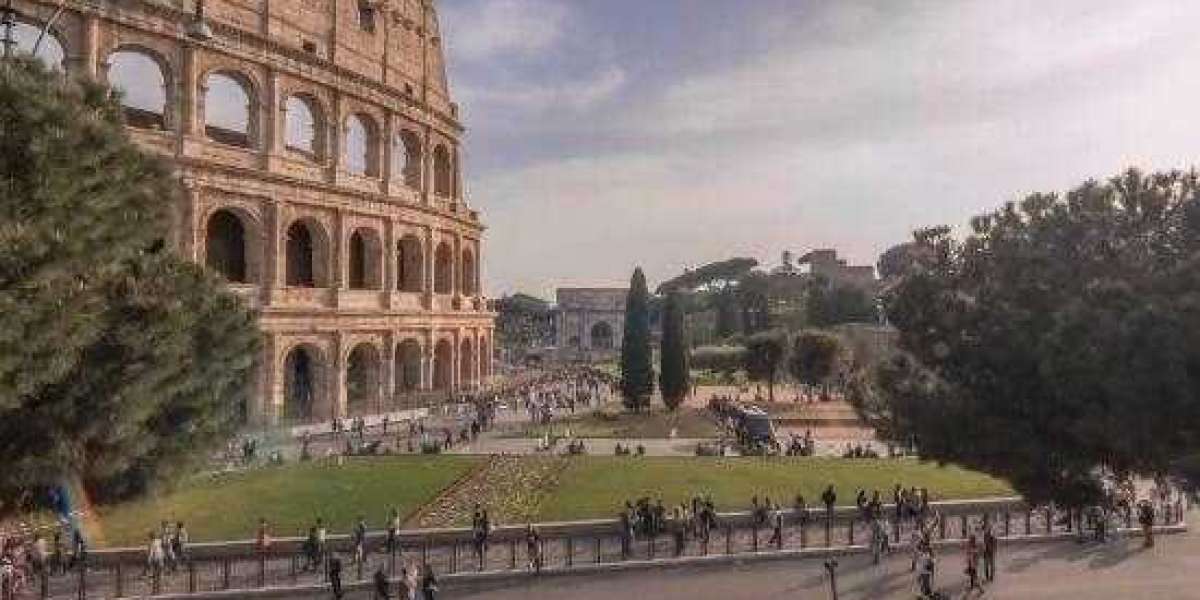Traveling through Europe often feels like stepping into a living museum—each building, square, and street corner rich with stories etched in stone, wood, and glass. From baroque masterpieces to minimalist modernism, European architecture offers more than just a feast for the eyes; it provides a narrative of transformation, resilience, and cultural identity. Interestingly, some of the continent’s most opulent and historically significant buildings today serve unexpected purposes—such as venues for entertainment, hospitality, or cultural preservation. Among these, the grandeur of certain entertainment establishments stands as a testament to the continuing evolution of public spaces.
Across Europe, architectural gems have been repurposed to meet contemporary needs while preserving their historic charm. One clear example is the transformation of older palaces, bathhouses, and mansions into cultural venues or entertainment centers. This practice not only ensures the upkeep of these structures but also opens them to a broader audience. A once-exclusive aristocratic estate might now house a music hall or an art gallery, where the public can appreciate both the artworks on display and the artistry of the building itself.
These spaces are not limited to museums or concert halls. In cities like Monte Carlo, Baden-Baden, and Karlovy Vary, ornate buildings originally constructed as health resorts or grand hotels now host glamorous social events, upscale dining experiences, and even digital showcases of modern innovation. The architecture of such places often reflects the aesthetic preferences of their original eras—neoclassical colonnades, art nouveau interiors, and detailed stucco facades—but they are animated by the interests and desires of today's audience.
Within this blend of old and new, one fascinating intersection is where historical elegance meets cutting-edge technology. In recent years, various European cities have seen an influx of digital art installations, AR experiences, and virtual exhibitions hosted inside baroque ballrooms or beneath domed ceilings once reserved for royal banquets. The juxtaposition between modern creativity and classical form creates a tension that is both thrilling and harmonious. It invites visitors to look deeper—not just at the artifacts or projections, but at the setting itself.
In this vein, certain venues now bridge the worlds of culture, entertainment, and digital interactivity. For instance, in Budapest or Prague, visitors might attend a live classical concert inside a former spa complex during the day, and explore multimedia performances or even augmented reality games in the same space at night. While some may raise their eyebrows at these hybrid usages, they signify a larger European trend: the refusal to allow architectural splendor to slip into obsolescence.
These reimaginings extend even to places typically associated with high-energy entertainment. The old-world charm of certain buildings in cities like Venice, Vienna, or Nice now accompanies entirely modern digital interfaces and touchpoints, from interactive information panels to immersive visual shows. And amidst this cultural and aesthetic evolution, one may stumble upon hints of modern online platforms being subtly advertised in these historical environments. You might catch sight of a display referencing energycasino ingyen pörgetés during a media art expo in a restored Viennese ballroom—where tradition and technology coexist in elegant tension.
Of course, not every building can be repurposed without challenge. Restoration and adaptation demand significant investment, often with meticulous attention to historical detail. European Union heritage funding, private philanthropy, and tourism revenues frequently underpin these efforts. In fact, many restoration projects are supported by creative collaborations—pairing contemporary brands or platforms with historical venues to generate mutual visibility and income. The result is a vibrant mosaic of past and present, where every frescoed ceiling or marbled corridor finds renewed purpose.
Travelers who seek out such spaces discover more than just impressive visuals. They encounter layers of history woven into their surroundings. A neoclassical staircase that once echoed with the steps of nobility might now lead to a digital art gallery curated by young European creatives. A gilded theater balcony might host not just opera enthusiasts, but designers, scholars, and innovators participating in international conferences or idea festivals.
These spaces also foster community connections. Events held in repurposed architectural sites often invite local involvement, whether through art residencies, culinary pop-ups, or youth programs. Children might learn about history not from textbooks but through walking tours that animate the very halls they tread. Seniors may revisit sites from their youth, now transformed but still rooted in familiar stone. In these moments, architecture becomes a living memory bank—housing not only ornate fixtures and vaulted ceilings but the evolving aspirations of the society around it.
What sets European architecture apart is its capacity to adapt without erasure. Instead of demolishing outdated buildings, many cities choose to reinterpret them. Through careful restoration and imaginative reuse, these structures remain active agents in shaping cultural life. They offer a tactile connection to centuries past while embracing the digital, the social, and the spontaneous.
In walking through such buildings, one feels a gentle defiance against the throwaway culture so prevalent in parts of the modern world. Here, stone and glass speak of continuity. Here, digital projections dance on ceilings designed before electricity was invented. Here, new generations discover old spaces in new ways—whether through a virtual art installation or by encountering the phrase energycasino ingyen pörgetés tucked playfully into a 21st-century design exhibit held under a 19th-century dome.
Ultimately, these buildings tell a layered story. They are not just relics of the past or platforms for the future—they are living stages on which Europe’s cultural evolution plays out daily. Their walls have seen revolutions, romances, and now, reinvention. And in their continued use, they offer an invitation to pause, look up, and remember that beauty need not be lost to time—it only needs a reason to continue.








